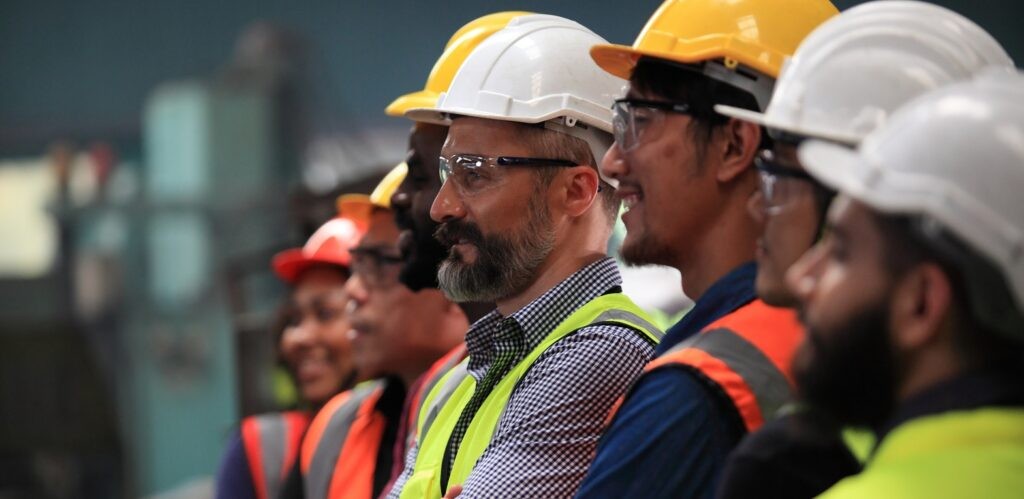Purchasing a company is an exciting adventure that has a lot of promise and possibility. But in the middle of all the enthusiasm, it’s critical to acknowledge and give top priority to the often-disregarded part of managing the transfer of current personnel. This important element has the power to make or ruin your company purchase. In this article, we explore why transition of personnel is a critical step in a business acquisition.

Maintaining Institutional Wisdom and Experience
The cumulative knowledge and skill of a business’s workers is among its most valuable assets. Current staff members are stores of institutional knowledge, including procedures, insights, and comprehension of the particular dynamics of the business. Maintaining key employees after purchasing a firm guarantees the ongoing availability of this priceless asset. Losing seasoned workers may cause a loss of important insights that may take years to recover.
Creating a Positive Work Environment
Every business has a unique culture, which consists of a collection of accepted standards, customs, and values that help to define it. This culture must be maintained and, if needed, developed via the effective integration of current staff members into the new organizational structure. A abrupt change in leadership may cause opposition and instability among the workforce. Effective transition management may help you overcome these obstacles and create a productive and growth-oriented atmosphere.
Reducing Resistance and Uncertainty among Employees
Employee resistance and uncertainty are common reactions to change, particularly when it comes in the shape of new ownership. These fears may be reduced with the aid of a well-thought-out transition plan that addresses worries and communicates effectively. Workers want assurances on their responsibilities, job security, and the company’s long-term goals. Gaining the confidence of the workforce and facilitating a seamless shift depend heavily on open and honest communication.
Improving Interactions with Clients
Current workers often have established connections with suppliers, consumers, and other stakeholders. These connections are based on familiarity and trust, two things that are essential to commercial dealings. Keeping important staff members on board guarantees a smooth transition of these connections, avoiding hiccups that might affect client loyalty and pleasure. An orderly handoff not only protects current relationships but also offers a chance to build and deepen them.
Finding and Filling Skill Gaps
It is crucial to conduct a comprehensive evaluation of current skill levels and prospective skill gaps prior to concluding a company purchase. Gaining insight into the strengths and limitations of the existing workforce enables you to prepare strategically for any skill gaps that may occur during the transition. By taking a proactive stance, you may recruit new employees or put training programs into place, keeping your company competitive and prepared to adapt to changing needs.
Conclusion Although financials and operations are important in every purchase, the human dimension should not be overlooked. Transition of personnel is a critical step in a business acquisition and managing the transfer of current workers is a strategic investment in the business’s survival and ongoing performance, not just a human logistics issue. Retaining institutional knowledge, fostering a positive culture, addressing uncertainties, maintaining customer relationships, and strategically addressing skill gaps sets the stage for a smooth and successful transition that sets the acquired business up for success.
Read more about supporting effiecient corporate governance with business acquisition meetings.